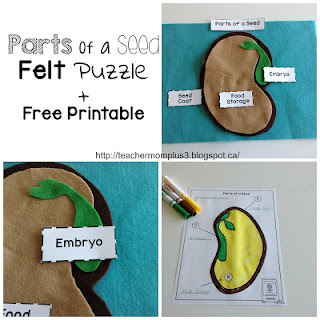Knowing the order of operations is important. Without knowing what to do first, next, after that, and last in a math problem like the following means the difference between getting the answer right or getting it very wrong.
7 x (4 + 1) - 7 x 2 =
Aside from the acronym PEMDAS and the acrostic "Please Excuse My Dear Aunt Sally," I wanted to find a fun way to reinforce the order:
- parenthesis
- exponents
- multiplication or division
- addition or subtraction
I made a fun game for us to play.
What You Need
The PDF of the game board, cards, and spinner (download it from Google Drive here)
Heavyweight card stock
Scissors or paper cutter
Recycled chip board (aka empty cereal box) to mount the glue the spinner to
Glue
Brad
Safety pin (optional, but this makes a quick, easy, and effective spinner)
Preparations
Print a copy of the game board for every player (page 1 of the PDF). Print the spinner. Print an extra page of the SPIN cards. If you're playing with more than two people, print two sets of cards (i.e. two pages of each card type and four SPIN cards).
Cut the cards apart and shuffle well.
Glue the page with the spinner on it to the chipboard and cut out. Either poke a hole with a nail through the middle or use an unconventional hole punch to make a hole. Thread the hole of a safety pin through the brad and into the spinner hole; separate the prongs on the back. Voila.
How to Play
Players take turns drawing cards and placing them on their game board, saying out load, "Parenthesis go first," "Multiplication follows Exponents," etc. If a player already has the card they've just drawn, it goes into a discard pile. If the player draws a SPIN card, they must flick the spinner and follow the directions it points to when it stops moving.
If necessary, you may need to reuse the discard pile. The first player to completely fill their game board wins.
VARIATIONS: Have players try to get TWO cards of each kind on their game board to extend play. When our game was "over," my son was having so much fun he suggested we keep playing this way.













































